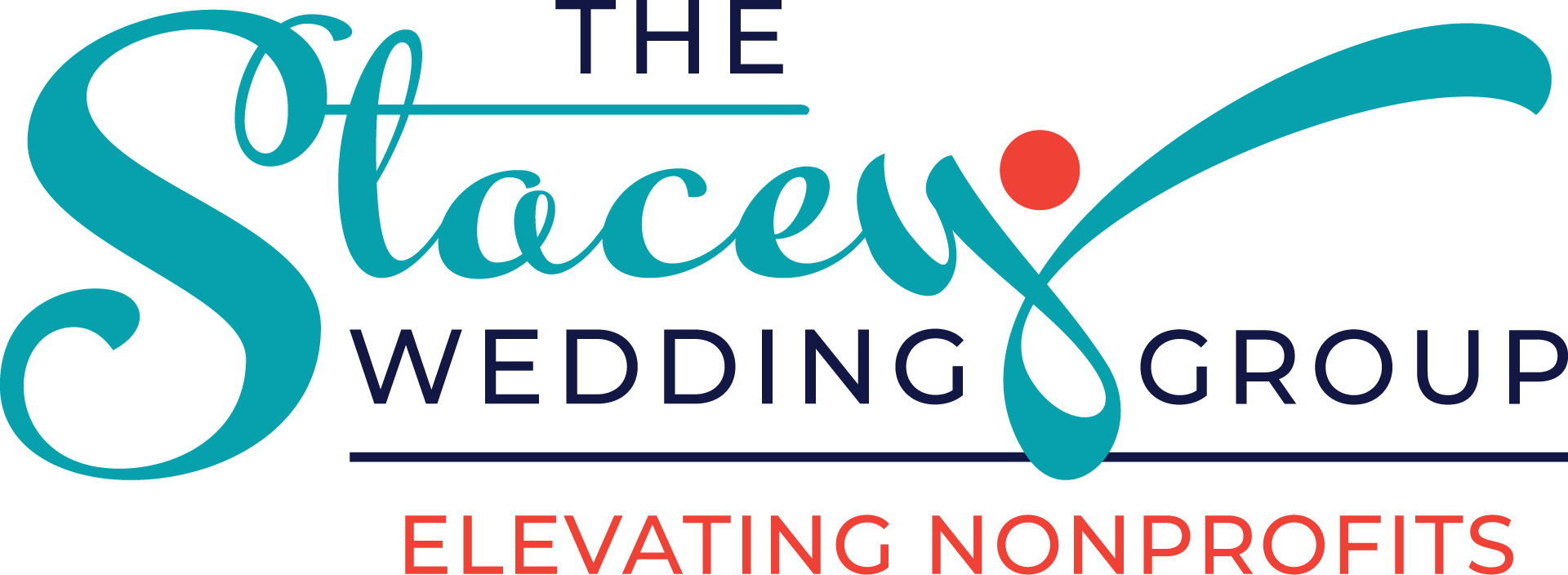You may be great at leading a nonprofit as a board member or chief executive but are you comfortable public speaking? My guess is, probably not. You’re not alone.
Countless studies have shown that the fear of public speaking is at the top of the list.

Even if public speaking tops your list of fears, it’s no excuse to hide in the closet when these opportunities present themselves. Given the important role board members play as ambassadors and the role nonprofit executives play in sharing the important work their organizations do, public speaking is a mandatory part of the job, like it or not. As a former colleague of mine used to say when there was something that had me shaking in my boots, “Suck it up, Buttercup!” I’ll admit—I wanted to throttle her every time this popped out of her mouth, but as much as I hated the expression, I knew she made a good point.
As you push through your comfort zone, here are five tips to help you on your speaking journey:
- Know your content
Get familiar with your content—make it is your best friend. Not only will this strategy calm your nerves, it will build confidence that builds your rapport with the audience. You are presenting for a reason—own that and hold that with authority. Ultimately, it will make you more believable.
- Share your emotion and your energy
Ever been in the audience with someone who has the same cadence throughout their entire speech or uses a monotone? It’s painful. One simple way of captivating your audience is showing your enthusiasm and passion. Body language, tone of voice, pace, and animation are just a handful of ways to bring your material to life.
And never forget—the most important parts of your speech are the beginning and end. Your goal is to capture your audience’s attention and help them feel something within the first 30 seconds and during your close.
- Tell stories
The three big culprits of boring speeches: jargon, facts and figures. Jargon is never useful unless you can guarantee you’re in a room of people who have as much knowledge as you do and even then, you can’t make this assumption. Facts and figures, while powerful if used minimally and in a larger context, can also lead to yawns. Tell a compelling story and your audience will follow you through your narrative journey. They will connect with the 5 W’s of any good reporting: who, what, why, when, and where. Invite them to escape for a moment through your story.
- Engage your audience
Nobody likes being talked at so find ways for your audience to participate. Ask questions, get them moving (stand up if….. or give a thumbs up if….. or raise your hand if….), and if the format is conducive, have them engage with each other. The “pair share” activity where you share something with your neighbor always works well.
- Practice
As the old adage goes, practice makes perfect. Public speaking is no different. Rehearse it several times so you can get a sense of the pace, where to take longer pauses, and words to emphasize. Often when going through this process you’ll find parts of the presentation that are a bit awkward or don’t flow as naturally. This gives you the chance to work out those kinks so you can shine!
Here’s to your speaking success!
Hat tip to you,
Stacey

